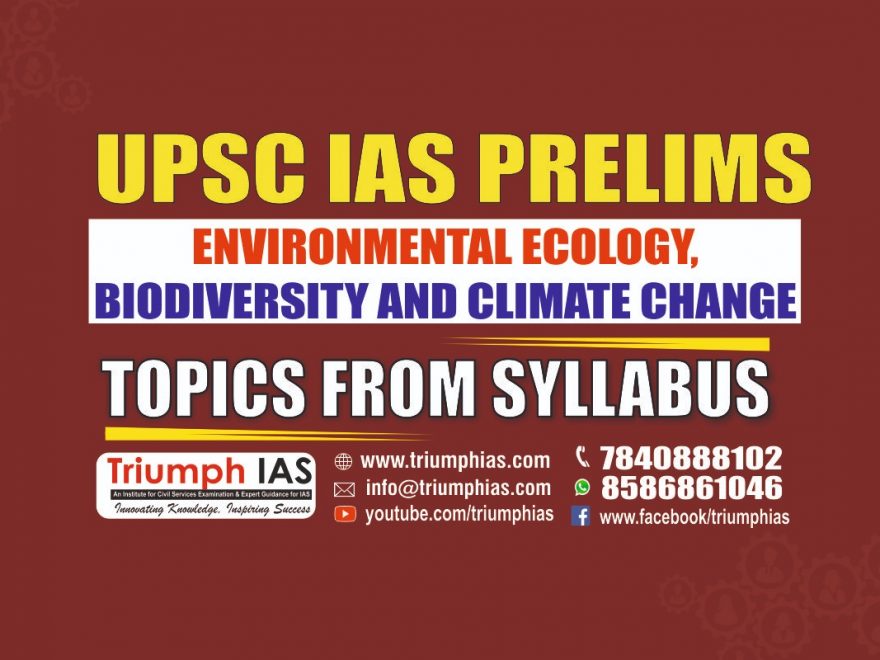Why in news?
• Opposition parties have claimed that the draft Environment Impact Assessment (EIA) norms 2020 is a regressive departure from the 2006 version it seeks to replace.
About:
• Under the Environment (Protection) Act, 1986, India notified its first EIA norms in 1994, setting in place a legal framework for regulating activities that access, utilise, and affect (pollute) natural resources.
• Every development project has been required to go through the EIA process for obtaining prior environmental clearance ever since.
• The 1994 EIA notification was replaced with a modified draft in 2006. Earlier this year, the government redrafted it again to incorporate the amendments and relevant court orders issued since 2006, and to make the EIA “process more transparent and expedient.”
Contentious Provisions of the 2020 draft:
• Linear projects such as roads and pipelines in border areas will not require any public hearing. The ‘border area’ is defined as “area falling within 100 kilometres aerial distance from the Line of Actual Control with bordering countries of India.
• All inland waterways projects and expansion/widening of national highways will be exempt from prior clearance. These include roads that cut through forests and dredging of major rivers.
• It also exempts most building construction projects of built-up area up to 1,50,000 sq. m.
• It also contains provisions for post-facto project clearance and abandoning the public trust doctrine. Projects operating in violation of the Environment Act will now be able to apply for clearance.
• Violations of the provisions has to be reported either by a government authority or the developers themselves. There is no scope for any public complaint about violations. Instead, the reliance is on the violators to disclose, Suo motu, that they broke the law.
